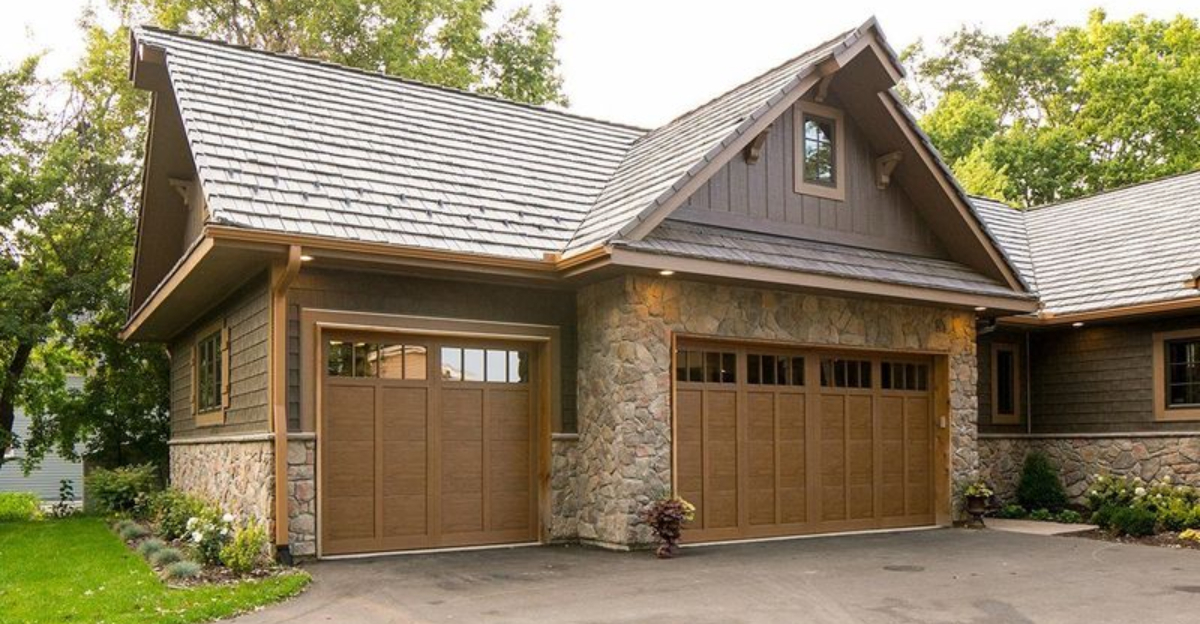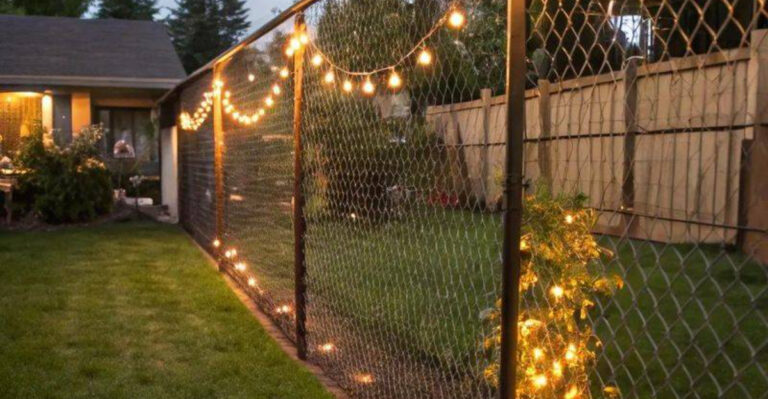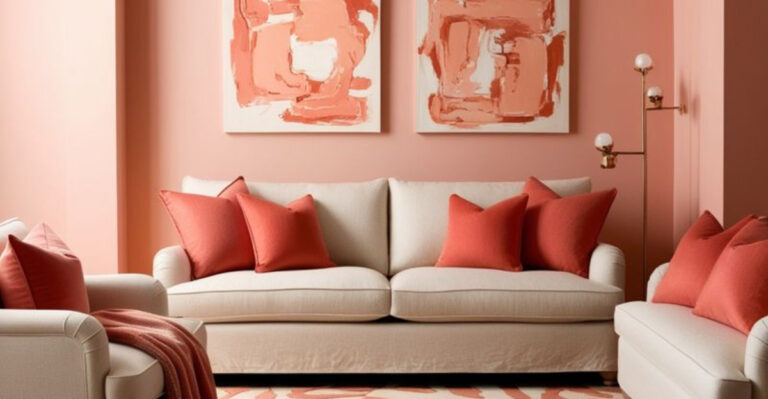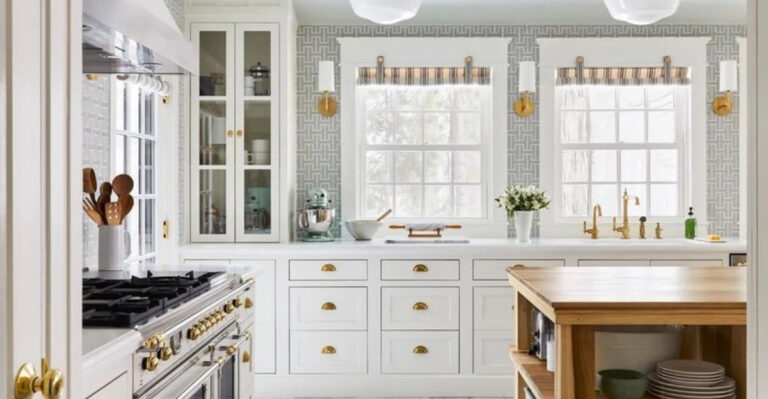8 Home Renovations That Are Worth the Extra Money Plus 8 That Aren’t
Thinking about sprucing up your home but not sure where to put your hard-earned cash? Home renovations can either boost your property’s value or drain your wallet with little return.
Making smart choices about which projects deserve your investment can save you thousands in the long run. Let’s explore which home improvements actually pay off and which ones might leave you with renovation regret!
1. Worth It: Kitchen Remodel
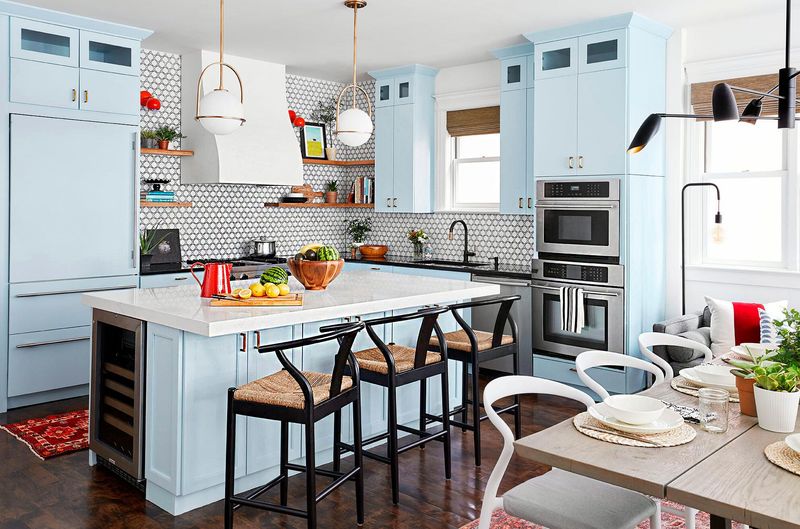
Kitchens sell houses! A thoughtfully updated cooking space often returns 70-80% of your investment when you sell. Modern appliances, durable countertops, and refreshed cabinets transform the heart of your home.
Focus on quality materials that will stand the test of time rather than following fleeting trends. Smart layouts that improve functionality make daily life easier while appealing to future buyers.
2. Not Worth It: Swimming Pool Installation
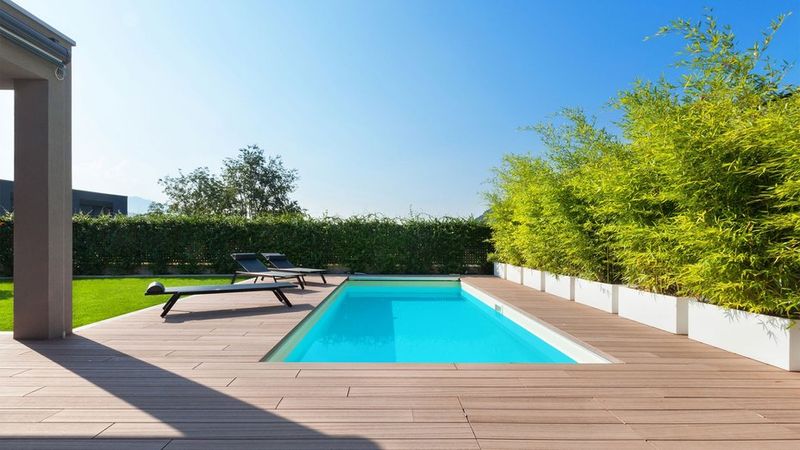
Daydreaming about summer splashes? Hold that thought! Swimming pools rarely recoup their massive installation costs—typically returning less than 25% of your investment at resale.
Beyond the initial price tag, ongoing maintenance, insurance hikes, and safety concerns make pools a financial drain. Many homebuyers actually view them as a liability rather than a luxury, limiting your potential buyer pool when selling.
3. Worth It: Bathroom Update

Fresh, functional bathrooms consistently rank among buyers’ top priorities. Even moderate updates—like new fixtures, modern vanities, and updated lighting—can yield returns of 60-70% while making your daily routine more pleasant.
Water-efficient toilets and showerheads also reduce utility bills over time. For maximum value, stick with classic, clean designs rather than ultra-trendy styles that might look dated within a few years.
4. Not Worth It: Luxury Primary Suite Addition
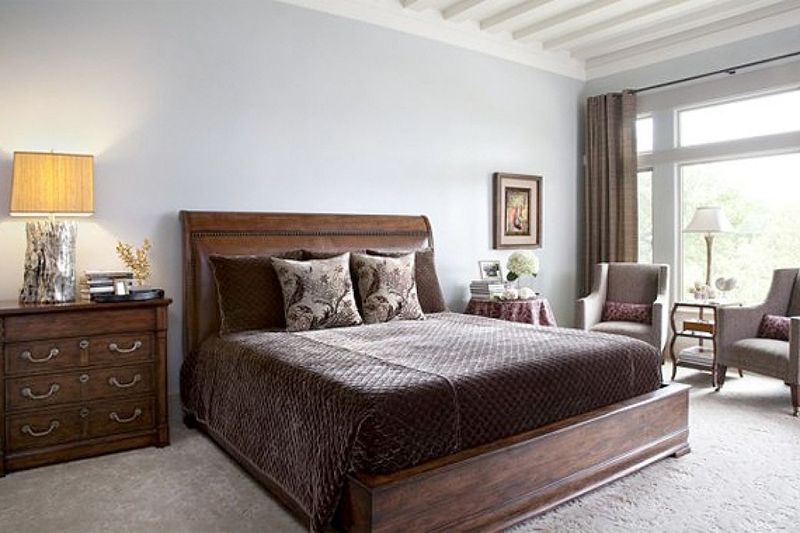
While sprawling bedroom sanctuaries with spa-like bathrooms might seem dreamy, these massive additions rarely pay off financially. Most homeowners recoup only about 50-55% of the substantial investment these projects require.
The hefty price tag—often exceeding $100,000—makes it nearly impossible to break even at resale. If your heart is set on bedroom improvements, consider more modest updates to your existing space instead of building an entirely new wing.
5. Worth It: Energy-Efficient Windows
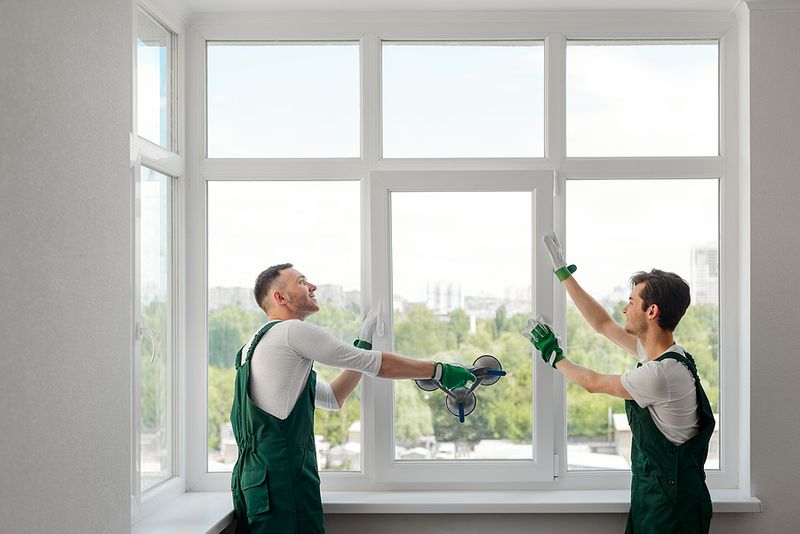
Replacing drafty old windows delivers both immediate comfort and long-term savings. Homeowners typically recoup 70-75% of costs while enjoying lower energy bills right away.
Modern double-pane windows reduce outside noise and protect furniture from sun damage. This upgrade appeals to energy-conscious buyers who understand the value of quality windows, making your home more marketable when it’s time to sell.
6. Not Worth It: High-End Landscaping

Elaborate garden designs with exotic plants and complex water features might impress the neighbors, but they rarely impress your wallet. Most fancy landscaping returns less than 40% of its cost when selling.
Maintenance-intensive outdoor spaces can actually deter potential buyers who don’t want the upkeep headaches. Instead, invest in simple, attractive landscaping with native plants that require minimal care and water—your yard will look good without breaking the bank.
7. Worth It: Garage Door Replacement
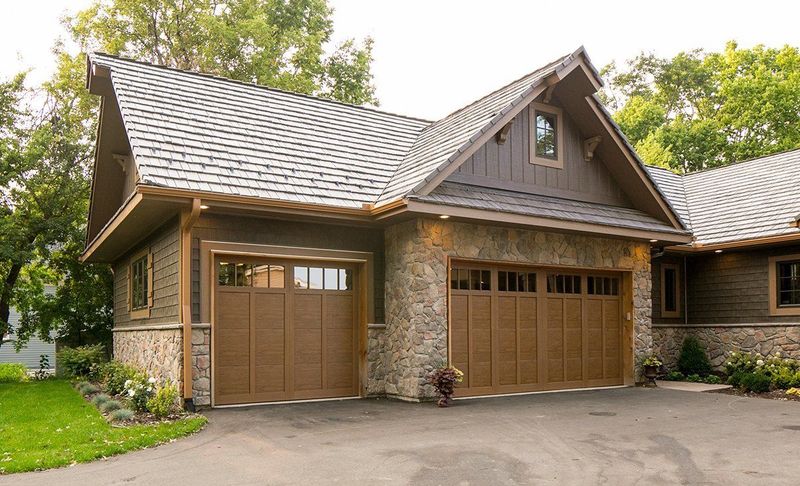
Surprisingly, this unglamorous upgrade consistently ranks among the highest-returning home improvements, often recouping 90-95% of costs! A new garage door dramatically enhances curb appeal while improving security and energy efficiency.
Since most homes prominently feature the garage door, this relatively affordable update makes a significant visual impact that pays dividends when selling.
8. Not Worth It: Home Office Conversion
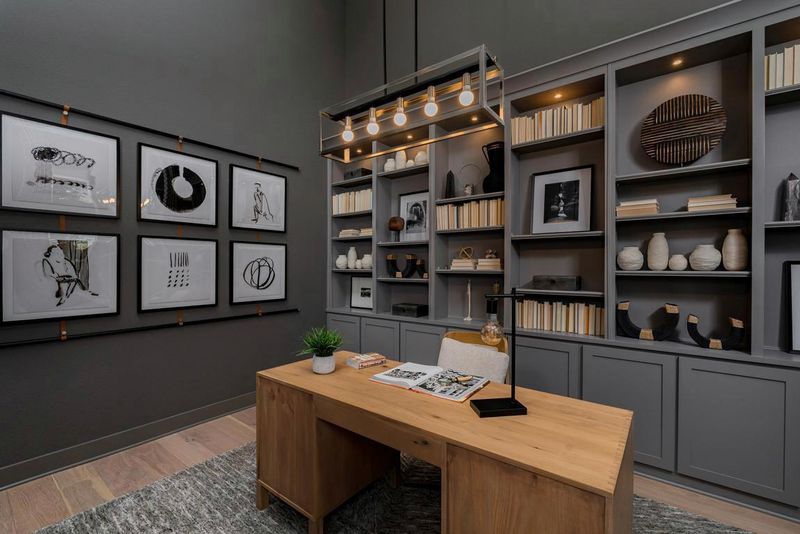
Converting a bedroom into a built-in home office might seem practical in our remote work era, but permanent changes can limit buyer appeal. Most homeowners recoup only about 45-50% of this investment.
Potential buyers often prefer having the extra bedroom rather than dedicated office space with custom built-ins. A better approach? Create a flexible space using movable furniture that can easily transform back into a bedroom when needed.
9. Worth It: Attic Insulation
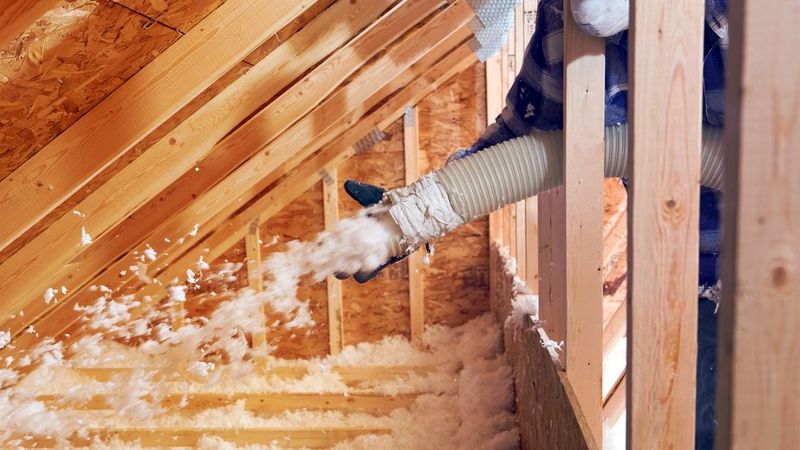
What lacks in glamour, attic insulation makes up for in value! This unglamorous upgrade delivers immediate energy savings while recouping about 100% of costs at resale—one of the highest returns of any home improvement.
Proper insulation keeps your home cooler in summer and warmer in winter. Buyers appreciate the lower utility bills and improved comfort, making this invisible improvement a surprisingly smart investment that pays dividends every month.
10. Not Worth It: Sunroom Addition
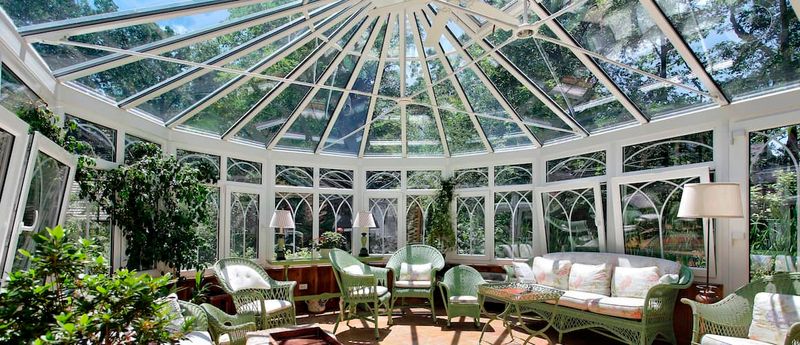
Sun-drenched spaces for year-round enjoyment sound delightful until you calculate the dismal 50% return on investment most sunrooms deliver. These glass-enclosed rooms often cost $30,000+ while adding minimal practical square footage.
Many sunrooms become too hot in summer and too cold in winter, requiring expensive heating and cooling systems. Regional climate considerations matter too—sunrooms make even less financial sense in areas with limited sunny days or extreme temperatures.
11. Worth It: Steel Entry Door Replacement
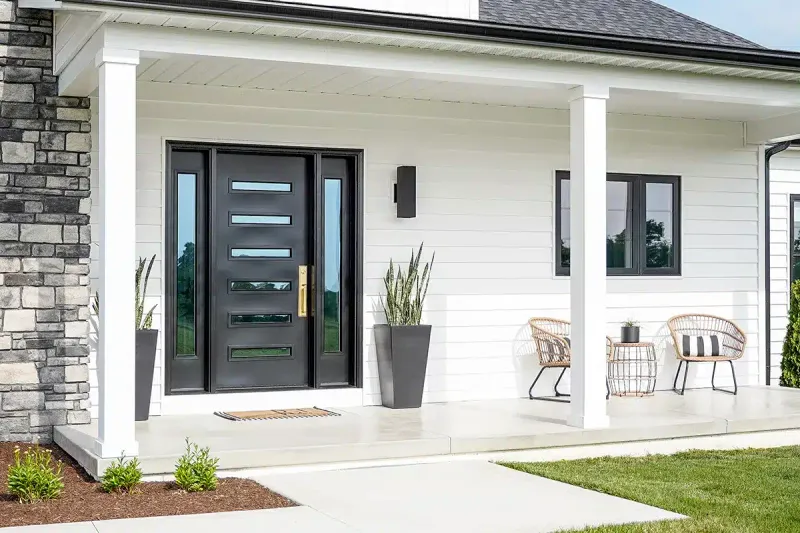
First impressions matter! Replacing your front door with a quality steel entry door consistently returns 65-90% of costs while enhancing security and energy efficiency.
This relatively inexpensive upgrade (typically $1,500-2,500 installed) dramatically improves curb appeal. Steel doors resist warping and cracking better than wood alternatives, requiring less maintenance while providing better insulation—making them attractive to practical-minded homebuyers.
12. Not Worth It: Upscale Major Kitchen Overhaul
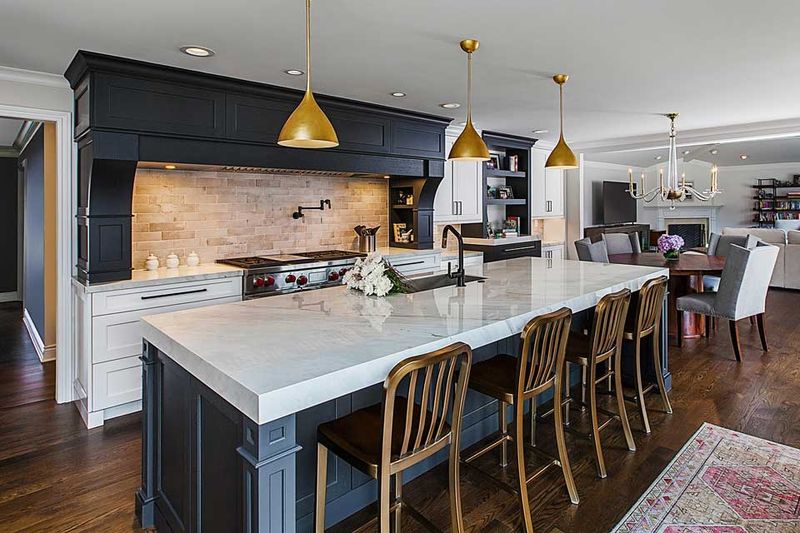
While modest kitchen updates pay off, going all-out with commercial-grade appliances and exotic materials rarely makes financial sense. These luxury renovations typically return just 50-60% of their substantial cost—often exceeding $100,000.
Most neighborhoods have a ceiling on home values, meaning ultra-high-end kitchens can actually price your home above what the market will bear. Smart homeowners focus on quality mid-range materials that offer better returns without the premium price tag.
13. Worth It: Wood Deck Addition
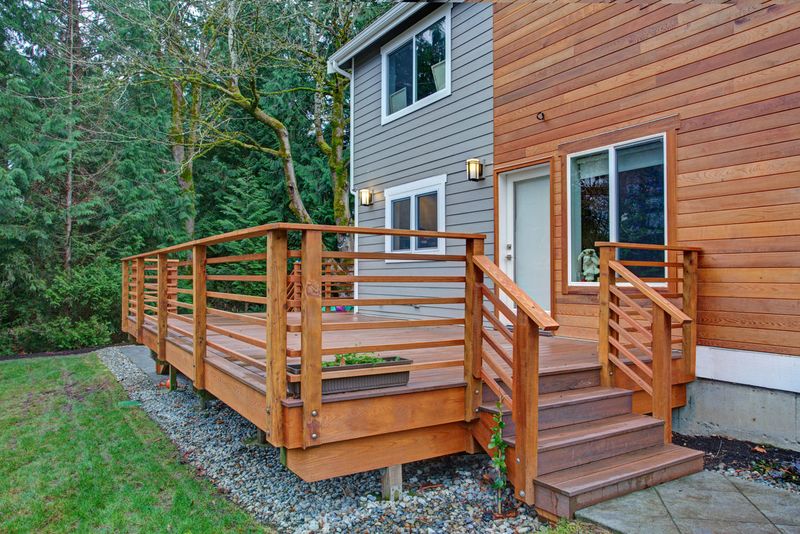
Outdoor living spaces deliver substantial bang for your buck! A well-constructed wooden deck typically returns 65-80% of investment while expanding your usable living area at a fraction of interior renovation costs.
Decks create attractive entertainment zones that today’s buyers value highly. For maximum return, focus on proper construction with quality materials and simple, functional design rather than complex multi-level configurations that drive up costs without adding proportional value.
14. Not Worth It: Built-In Aquarium

Those mesmerizing underwater displays might enhance your daily life, but built-in aquariums rarely enhance your home’s value. Most homeowners recoup less than 30% of installation costs, which often exceed $10,000 for quality systems.
Maintenance requirements and electricity costs deter potential buyers. Custom features like these actually limit your buyer pool to the rare few who share your specific passion. If you love fish, opt for free-standing aquariums you can take with you when moving.
15. Worth It: Minor Exterior Refresh
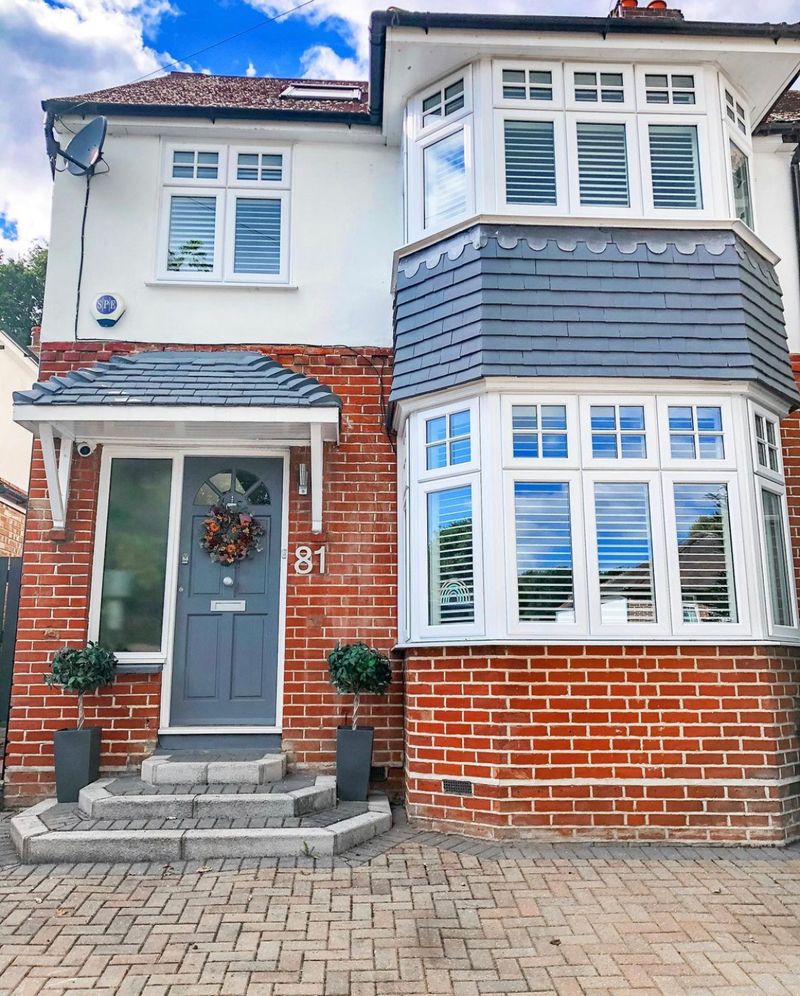
Never underestimate the power of curb appeal! Simple exterior updates like fresh paint, new siding, and updated trim typically return 75-90% of costs while making your home significantly more marketable.
These relatively affordable improvements create positive first impressions that set the tone for the entire home viewing experience. Focus on neutral, broadly appealing colors and materials that complement your home’s architectural style rather than trendy choices that might quickly look dated.
16. Not Worth It: Wine Cellar Installation
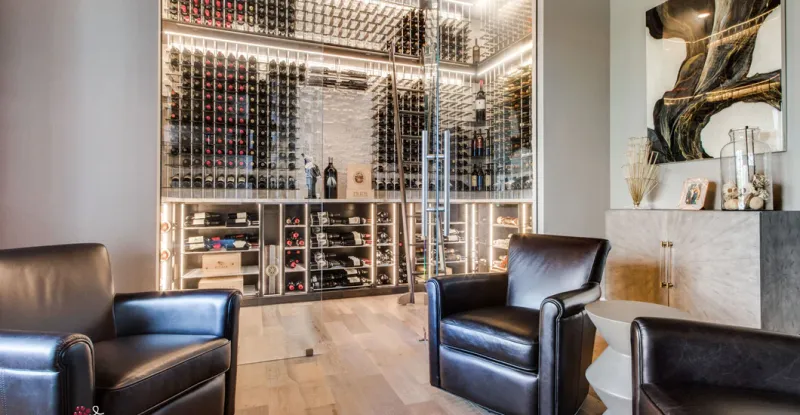
Unless you’re selling in a luxury market to dedicated oenophiles, built-in wine storage rarely pays off financially. Most homeowners recoup only 25-40% of installation costs, which typically start around $15,000 for proper temperature and humidity control.
The specialized nature of wine cellars limits buyer appeal. For wine enthusiasts, freestanding temperature-controlled cabinets offer similar functionality without the permanent commitment.

